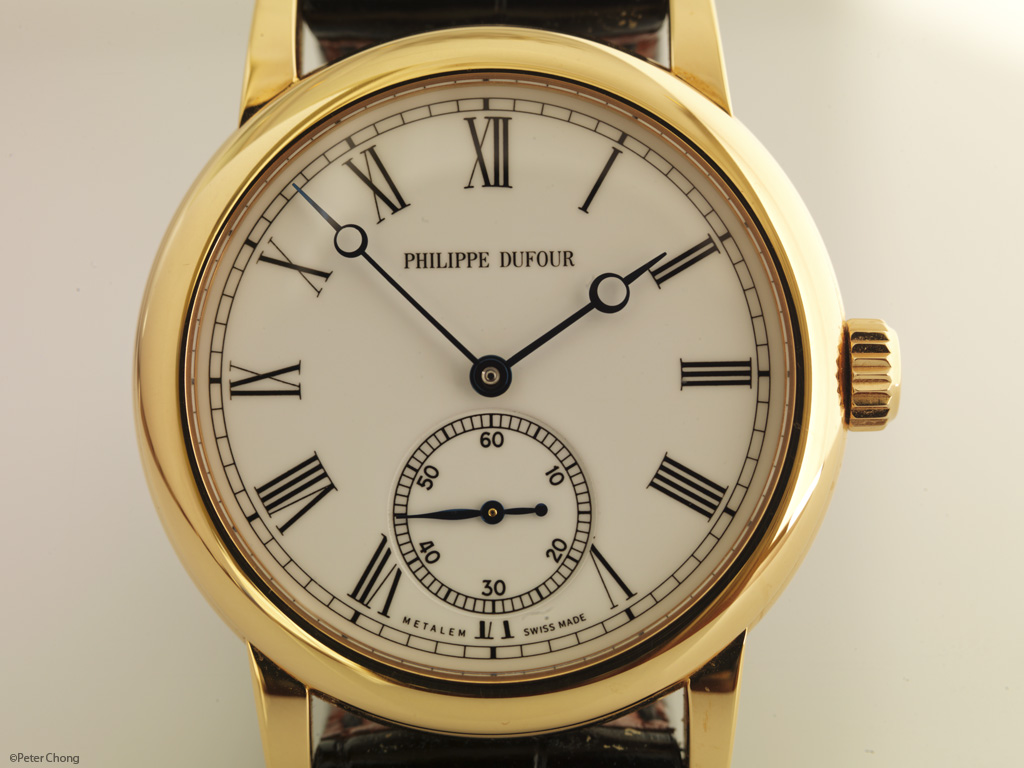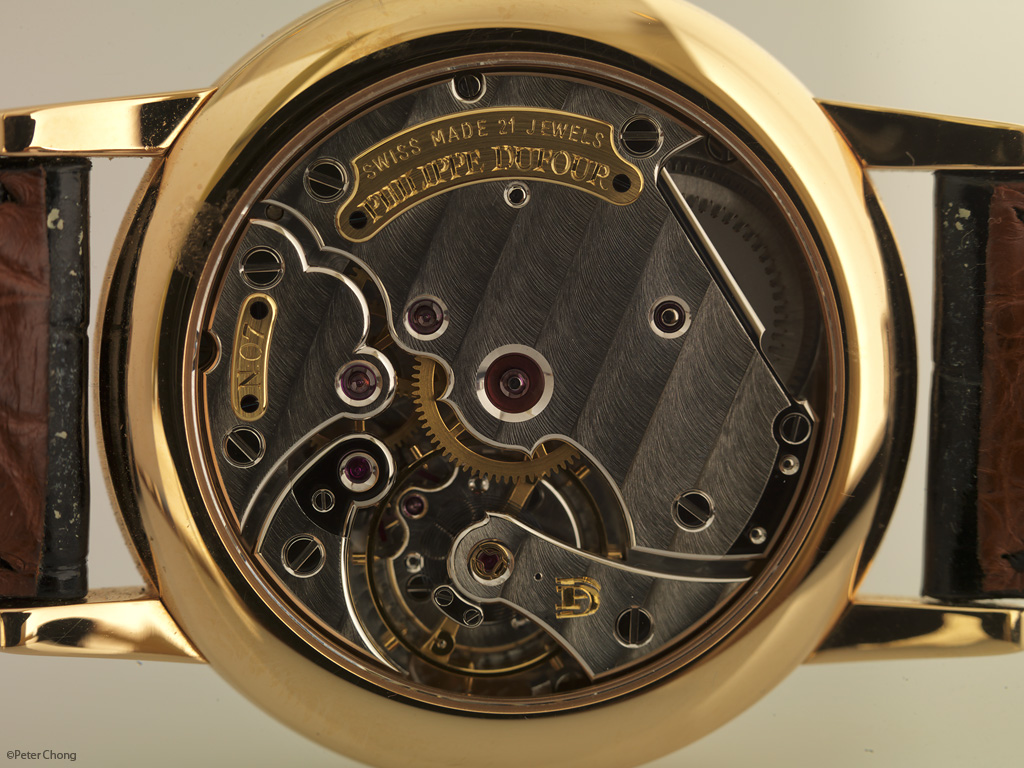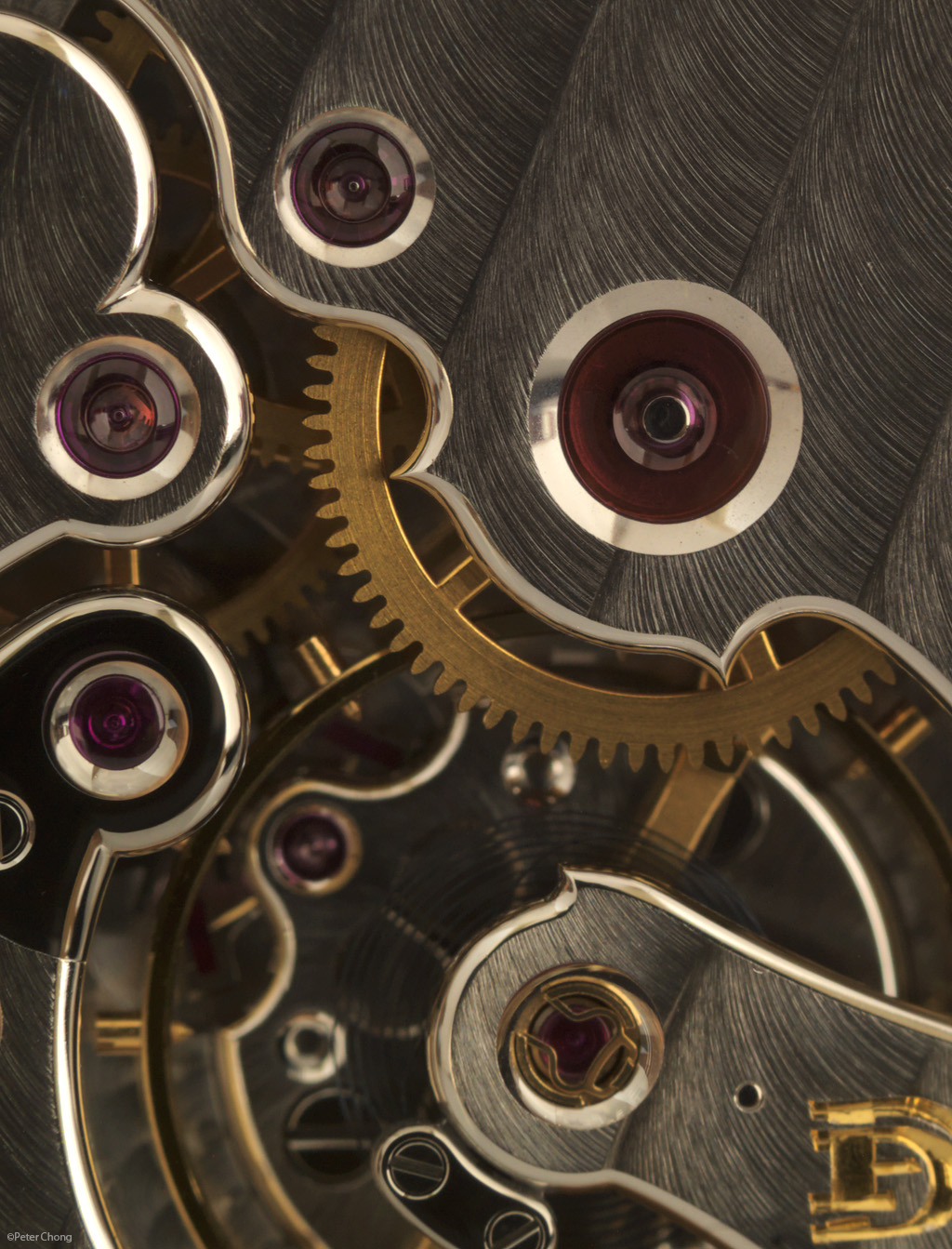One problem with forums is we all tend to self-reference whenever we give advice; it's naturalBut who am I to give advise ?
The GetDPI Photography Forum
Great to see you here. Join our insightful photographic forum today and start tapping into a huge wealth of photographic knowledge. Completing our simple registration process will allow you to gain access to exclusive content, add your own topics and posts, share your work and connect with other members through your own private inbox! And don’t forget to say hi!
Advice about digital close up setup
- Thread starter shlomi
- Start date
Yes, for sure it is not easy.One problem with forums is we all tend to self-reference whenever we give advice; it's natural. The more difficult part is to try and help solve the problem for the OP while staying inside their parameters, when you would choose an alternate path for yourself...
Professional
Active member
It is long thread to read now, so i will read it later another time, i also interested to do some closeups and production photography but the problem will be the sharpness and the DOF and colors to get accurate as final result, i was not sure if i can use 35mm digital or MF or go for view camera, i saw many Jewelry and watches shots that i like but i don't know what they did use and how.
Once i was in Hasselblad and Profoto event in my area and they were presenting H4D-50MS [or maybe H3DII-50MS] and the results were amazing as details and sharpness, but i forgot which lens also didn't see how many lights was used.
Once i was in Hasselblad and Profoto event in my area and they were presenting H4D-50MS [or maybe H3DII-50MS] and the results were amazing as details and sharpness, but i forgot which lens also didn't see how many lights was used.
P. Chong
Well-known member
here are a couple of watch shots I took this afternoon...I was due to be on my way to Germany, but the Icelandic volcano had its own ideas, so am at home...
Shot with the HC 4/80 and either 52mm tube on its own or in combination with 28mm. H3d-39 on a Manfrotto macro focussing rail, on Photoclam Multiflex head on Gitzo 3541LS, lighting is one Profoto 600R, on umbrella, but light diffused by transluscent perspex sheet between umbrella and subject.


and a 100% crop.

I am also quite keen to see how the HC 4/120 macro compares.
Shot with the HC 4/80 and either 52mm tube on its own or in combination with 28mm. H3d-39 on a Manfrotto macro focussing rail, on Photoclam Multiflex head on Gitzo 3541LS, lighting is one Profoto 600R, on umbrella, but light diffused by transluscent perspex sheet between umbrella and subject.


and a 100% crop.

I am also quite keen to see how the HC 4/120 macro compares.
By the principles of physics you are correct.
But in a real world situation other factor weigh in.
I've compared 24x36 @f/22 to 36x48 @f/32.
Of course when you compare f/22 to f/22 the DOF will be smaller in the large sensor - but not by that much.
But the large sensor gives results which I considered acceptable at f/32 when the small sensor absolute limit is f/22.
And the f/32 on 35x48 gave much better DOF than f/22 on 24x36 and also better sharpness.
Why that is is a good question.
Perhaps it's the star digital lens from Mamiya that made the difference.
I believe at the end of the day a lens optimized and well made for the specific application is the biggest difference maker.
Also a larger pixel size may have an effect is lessening diffraction.
My experience with sensors smaller than 24x36 has not been great and I am very reluctant to go there.
But in a real world situation other factor weigh in.
I've compared 24x36 @f/22 to 36x48 @f/32.
Of course when you compare f/22 to f/22 the DOF will be smaller in the large sensor - but not by that much.
But the large sensor gives results which I considered acceptable at f/32 when the small sensor absolute limit is f/22.
And the f/32 on 35x48 gave much better DOF than f/22 on 24x36 and also better sharpness.
Why that is is a good question.
Perhaps it's the star digital lens from Mamiya that made the difference.
I believe at the end of the day a lens optimized and well made for the specific application is the biggest difference maker.
Also a larger pixel size may have an effect is lessening diffraction.
My experience with sensors smaller than 24x36 has not been great and I am very reluctant to go there.
One more time just to be irritating :ROTFL: ... MOVE BACK A LITTLE BIT!By the principles of physics you are correct.
But in a real world situation other factor weigh in.
I've compared 24x36 @f/22 to 36x48 @f/32.
Of course when you compare f/22 to f/22 the DOF will be smaller in the large sensor - but not by that much.
But the large sensor gives results which I considered acceptable at f/32 when the small sensor absolute limit is f/22.
And the f/32 on 35x48 gave much better DOF than f/22 on 24x36 and also better sharpness.
Why that is is a good question.
Perhaps it's the star digital lens from Mamiya that made the difference.
I believe at the end of the day a lens optimized and well made for the specific application is the biggest difference maker.
Also a larger pixel size may have an effect is lessening diffraction.
My experience with sensors smaller than 24x36 has not been great and I am very reluctant to go there.
These sensors are so big you can afford to move back a bit when needed and still have a capture area bigger than a 35mm ... AND they are CCD sensors, NOT CMOS sensors with varying degrees of AA filtration.
Comparing sensor sizes is irrelevant for DOF in your application. What you probably need to do is compare pixel pitch, focal length and subject distance, and then find a sensor that has enough of those pixels in total to allow all those to come together in one frame. What you will find is:I've compared 24x36 @f/22 to 36x48 @f/32.
1) With the same length lens and same subject distance, the smaller the pixel pitch the less the DOF,
2) With the same pixel pitch and same subject distance, the longer the lens the less the DOF,
3) With the same focal length and pixel pitch, the closer your actual subject distance the less the DOF...
Professional
Active member
I will buy 120mm macro and i will give it more tests, i did a test in the store and told the salesman this will be my next lens after 28mm, so i am just waiting the H4D-60 then will see when i can get 120mm.
